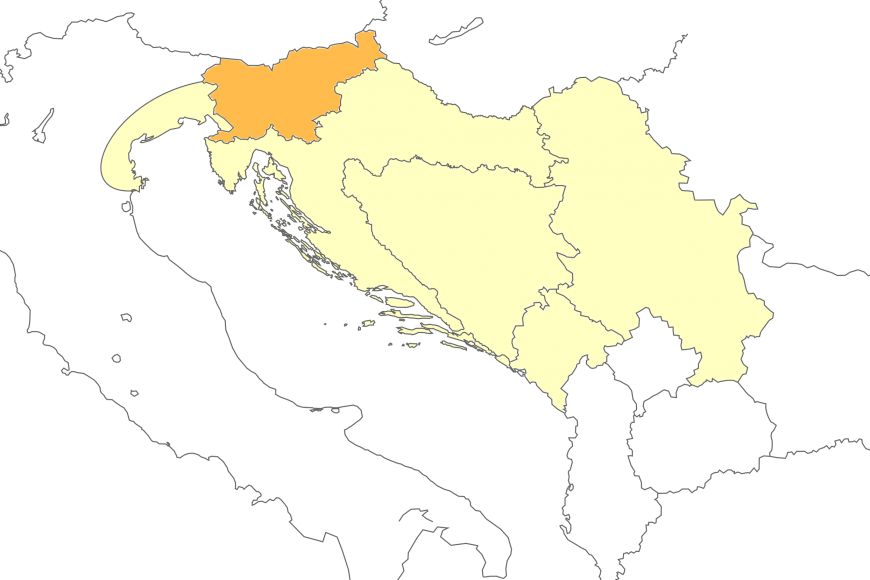What’s to see
Among the highlights of Slovenia, Ljubljana, Bled, Postojnska Caves and Portoroz are the most famous sites.
We divide Slovenia in 3 main regions: the Capital, the lake of Bled and the coast.
Ljubljana is Slovenia’s capital and largest city. It’s known for its university population and green spaces, including expansive Tivoli Park. The curving Ljubljanica River, lined in outdoor cafes, divides the city’s old town from its commercial hub. Ljubljana has many museums, including the National Museum of Slovenia, displaying historic exhibitions, and the Museum of Modern Art, home to 20th-century Slovene paintings and sculptures.
Bled, a Slovenian resort town in the foothills of the Julian Alps, is set along the glacial Lake Bled. On a cliff overlooking the lake is the 11th-century Bled Castle, which houses a museum, chapel and printing press. Atop an inslet in the lake’s center is the Pilgrimage Church of the Assumption of Maria and its steep staircase and bell tower.
On the way between the capital and the coast, the largest Caves in Europe may be visited: the Postojnska Jama.
Safety
There is a low rate of crime, but petty crime does occur and You should take the usual precautions.
HOW TO VISIT SLOVENIA
One week is enough to visit all the highlights.
A minimum stay of 3 nights is suggested to visit the 2 most important sites: The capital Ljubljana and the beautiful lake of Bled. After that, Slovenia is often combined with Croatia or another Country.
CLIMATE
There are three climatic influences in Slovenia that meet in the country. A harsh Alpine climate prevails in the mountains, the coast has a sub-Mediterranean climate, and the north-east lowlands have a continental climate. Spring lasts from late March to May and is fairly warm. Summer lasts from June to early September. It is a hot and sunny time of the year with daytime temperatures around 20-25°C, but sometimes quite higher, 30°C or more. Autumn produces mild weather while winter can be bitterly cold with daytime temperatures usually around 0-5°C. January is Slovenia’s coldest month.













